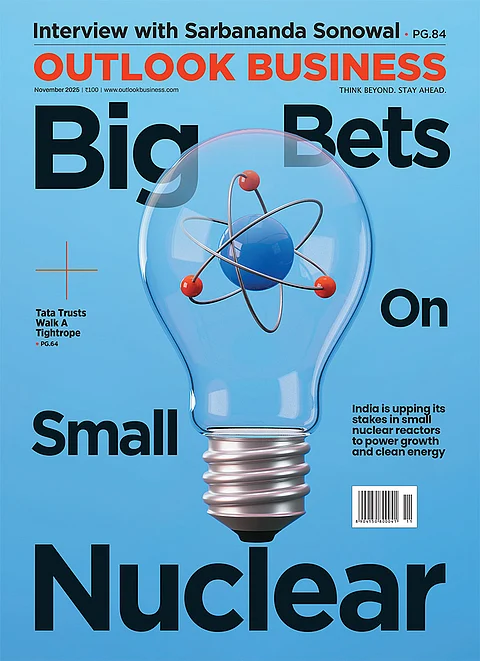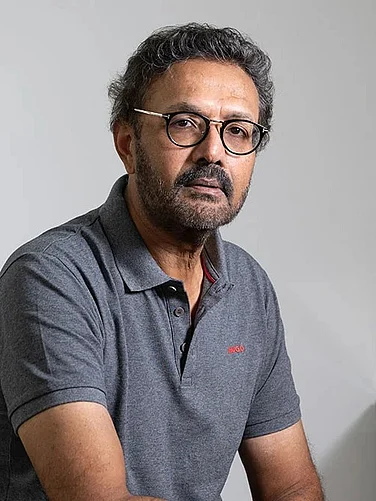
Cabinet clears the ₹25,060 crore Export Promotion Mission to boost export competitiveness.
EPM merges fragmented export schemes into two sub-missions—Niryat Protsahan and Niryat Disha.
GTRI flags funding and implementation gaps, and DGFT capacity constraints could delay real benefits to exporters.
The Union Cabinet, chaired by Prime Minister Narendra Modi, has approved the Export Promotion Mission (EPM). The flagship initiative, announced in the last Union Budget, aims to enhance India’s export competitiveness—especially for micro, small, and medium enterprises (MSMEs), first-time exporters, and labour-intensive sectors.
The mission consolidates key export-support schemes such as the Interest Equalisation Scheme (IES) and the Market Access Initiative (MAI), aligning them with current trade requirements. Under EPM, priority support will be extended to sectors affected by recent US tariffs, including textiles, leather, gems and jewellery, engineering goods, and marine products.
Export Promotion Mission
The mission has been proposed with the objective of providing a comprehensive, flexible, and digitally driven framework for export promotion, with a total outlay of ₹25,060 crore until FY2030-31. It streamlines multiple fragmented schemes into a single, outcome-based mechanism and marks a strategic shift in the government’s efforts to strengthen the domestic export ecosystem.
EPM is an inter-ministerial collaborative framework involving the Department of Commerce, Ministry of MSME, Ministry of Finance, and other stakeholders such as financial institutions, Export Promotion Councils, commodity boards, industry associations, and state governments.
Operational Sub-Schemes
EPM will operate through two integrated sub-schemes, Niryat Protsahan which focuses on improving MSME access to affordable trade finance through interest subvention, export factoring, collateral guarantees, credit cards for e-commerce exports, and credit-enhancement support for market diversification.
Niryat Disha focusing on non-financial enablers that improve market readiness and competitiveness, including export-quality and compliance support, assistance for international branding and packaging, participation in trade fairs, export warehousing and logistics, inland transport reimbursements, and trade-intelligence and capacity-building initiatives.
Challenges Ahead
According to a report by the Global Trade and Research Initiative (GTRI), the mission faces several challenges, including the need for precise guidelines on eligibility, processes, and disbursal rules. A new online system must also be developed—steps that may take weeks or months before exporters see any real benefit.
“Funding is another concern. The total outlay over six years is less than ₹4,200 crore per year. Last year alone, the Interest Equalisation Scheme cost more than ₹3,500 crore, leaving very limited funds for the many activities,” the GTRI report noted. “Financial resources do not match the Mission’s ambition.”
Beyond institutional challenges, the Directorate General of Foreign Trade (DGFT) has been appointed as the implementing agency, although crucial financial schemes like interest subvention have traditionally been supervised by the Reserve Bank of India. According to the report, DGFT may need to develop new expertise to manage this function efficiently—potentially slowing approvals and creating operational delays.
The EPM has been welcomed by industry, but its efficiency and success will depend on how quickly these challenges are addressed, ensuring adequate funding and strong coordination mechanisms. In a rapidly changing global environment, timely operationalisation will be critical to supporting India’s export ecosystem.


























